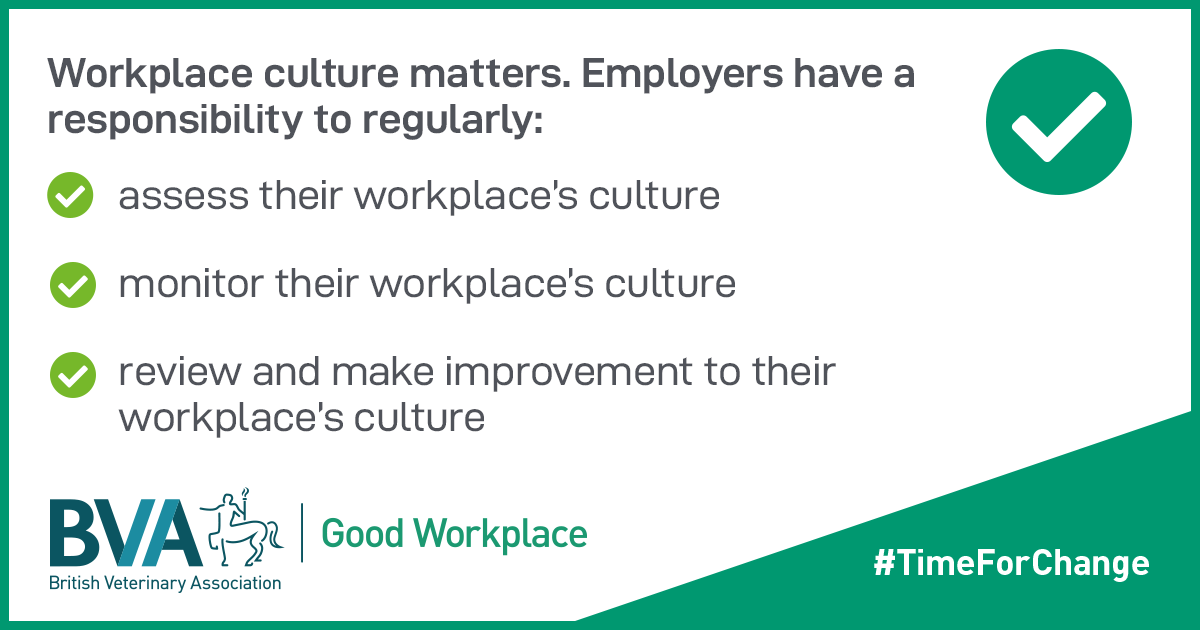Brucella canis: what vets need to know
14 Feb 2024
14 Dec 2020 | Carolyne Crowe
Reflecting on the Coronavirus pandemic, Carolyne Crowe from VDS Training considers the impact workplace stress has on culture and what you can do to drive positive changes.

Like everyone, the veterinary profession is feeling the pressure from Covid-19; figures from a recent BVA survey found that stress and burnout are amongst the greatest areas of concern amongst veterinary professionals, with 64% worried about the stress levels of colleagues and 74% concerned about burnout within the profession.
As the pandemic continues to bring change and uncertainty, chances are you are seeing the effects of workplace stress within your team – people are tired, meetings have gone out the window, frustrations are apparent, maybe individuals are off sick, or your number of complaints are starting to rise. You probably know that something needs to change, but when everyone is stretched to the limit, how do you find time to press pause?
Maybe the bigger question you need to ask yourself is, can you afford not to?
Workplace stress is one of the biggest challenges within the working environment – not only does it directly affect individual and team wellbeing, it erodes positive cultures. This can lead to an increase in negative outcomes for patients, decreased levels of client satisfaction and problems with staff health and retention.
Positive workplace cultures are good for everyone – they deliver a higher standard of care for patients, better services for clients and more engaged team members. Workplaces that take active steps to manage workplace stress report a number of benefits – a happier, healthier, more motivated workforce which makes fewer mistakes, has good retention rates and works better together (HSE, 2017).
There is also a legal responsibility to create safe places of work and to risk-assess and minimise the risks of workplace stress. Workplace stress straddles several pieces of legislation (ACAS, 2004), including:
Although you cannot completely eradicate stress from the workplace, you can reduce the risk. Carrying out a H&S Risk Assessment and ensuring you have an active stress policy can be positive steps forward in the right direction.
Rather than seeing colleague stress as another 'thing' to add to your to-do/worry list, remember you aren’t alone and there are steps that you can take to help you move forward and minimise these risks to you and your team.
It’s also important to remember that every team is different and any solutions will need to delve into the uniqueness of individuals so that practical changes can be adopted and will actually make a difference! We developed the practice culture survey to help identify the root causes of a negative workplace culture and drive a positive culture change. It's an anonymous, practical, and interactive tool that benchmarks where teams are right now.
We have been working with teams and practices over the past 3 years, implementing the culture survey, with the direct result of helping individuals feel heard and listened to, helping teams work together to all take responsibility at identifying the challenges and finding the solutions that work for them. Often, it’s small tweaks that can make a real difference for example, booking team meetings into the diary on a rolling basis so they happen-there is never a space in the diary if you wait until they are overdue! Adopting a proactive, preventative approach to your own health and wellbeing can be as important as the precautionary approach you apply to the health of the patients under your care.
There will be little surprise to learn that the pace and intensity of daily workloads, not taking breaks, and a lack of structured communication are the most commonly reported challenges contributing to increasing the risk of workplace stress. Some may feel this is just “part of working in a vet practice” but it doesn’t need to be like this. Although work is always going to be busy and pressurised, it doesn’t have to be negative and stressful.
Practical actions teams have taken to help drive a positive workplace culture include these simple but effective steps:
Ultimately, everyone is potentially at risk from work-related stress; it can affect anyone, at any level within the profession. All practices and workplaces are different, so require local solutions rather than a blanket “one size fits all” approach.
If you’d like support with driving culture change in your practice, then further details are available on the VDS Training website
HSE (2017) sourced from http://www.hse.gov.uk/pubns/wbk01.pdf
HSE (2018a) Work related stress, depression or anxiety statistics in Great Britain 2018.
Monitor Deloitte (2017) sourced from https://www2.deloitte.com/content/dam/Deloitte/uk/Documents/public-sector/deloitte-uk-mental-health-employers-monitor-deloitte-oct-2017.pdf SCHAUFELI, W.B., SHIMAZU A., HAKENEN, J.,
WHO (1998) World Health Organization, WHO (Five) well-being index (1998 version). Available at: www.who-5.org.
Get tailored news in your inbox and online, plus access to our journals, resources and support services, join the BVA.
Join Us Today